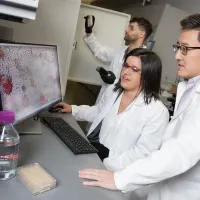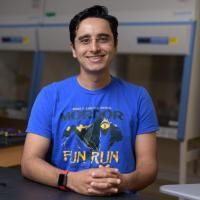News
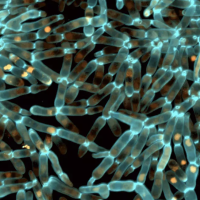
The grant will enable research into the origin of complex life.
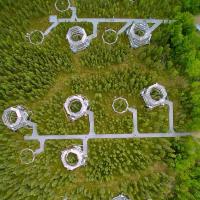
Peatlands make up just 3% of the earth’s land surface but store more than 30% of the world’s soil carbon, preserving organic matter and sequestering its carbon for tens of thousands of years. A new study sounds the alarm that an extreme drought…
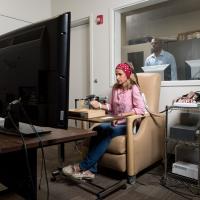
Neuroscience experts from across Georgia Tech will soon come together for a new interdisciplinary research institute, the Institute for Neuroscience, Neurotechnology, and Society (INNS), launched in July. Faculty in INNS are helping to solve some…
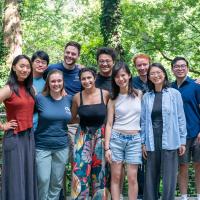
The Quantitative Biosciences Interdisciplinary PhD program at Georgia Tech welcomed 11 new doctoral students to our program starting 2025-2026. They are the 10th class of incoming students for our program, which first enrolled students in…
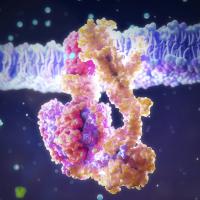
The questions of how humankind came to be, and whether we are alone in the universe, have captured imaginations for millennia. But to answer these questions, scientists must first understand life itself and how it could have arisen.
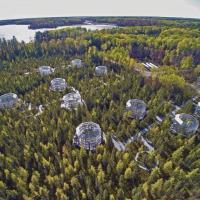
Between a third and half of all soil carbon on Earth is stored in peatlands, but as temperatures warm, this carbon is in danger of being released. A new study is unearthing the ratio of carbon dioxide to methane released — because while both are…
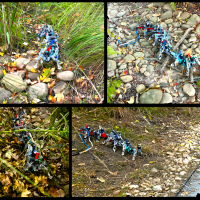
Juntao He, a Ph.D. student in the group of Daniel Goldman, Professor in the School of Physics at Georgia Tech led a pair of research papers that paves the way to make these bots able to move faster and climb higher in challenging environments.…
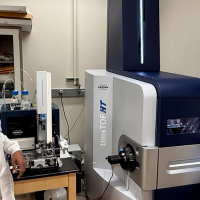
This transformative addition is funded by a prestigious S10 Shared Instrumentation Grant from the National Institutes of Health.
Researchers in the School of Physics unravel the secrets of the centuries-old practice of knitting in a new study that explores the physics of ‘jamming’ — a phenomenon when soft or stretchy materials become rigid under low stress but soften under…

Approved by the Board of Regents in 2017, the B.S. in Neuroscience program is one of Georgia Tech’s fastest-growing majors with more than 500 students enrolled in 2024.
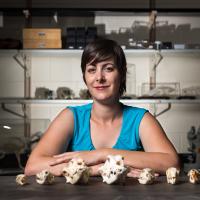
Jenny McGuire has been named a Teasley Professor, advancing Georgia Tech’s leadership in biodiversity research and climate resilience.

The award will support Kostka’s research on the role of marine plant microbiomes in coastal climate resilience in collaboration with Germany’s Max Planck Institute.
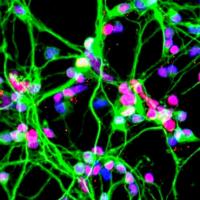
Researchers at Georgia Tech have developed an algorithm that helps AI models develop internal organization just like the human brain — boosting efficiency by 20 percent.

The award honors Professor Kamerlin’s “outstanding promise and resilience,” recognizing her achievements and contributions to the field of molecular bioscience in the face of significant challenges.
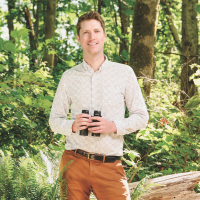
Freeman is one of only 10 Early Career Fellows honored by the Ecological Society of America this year for advancing the knowledge and application of ecological science in a way that strengthens the field and benefits communities and ecosystems.…
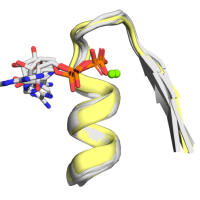
The work suggests that a protein fragment thought to be foundational for all life needed help.

